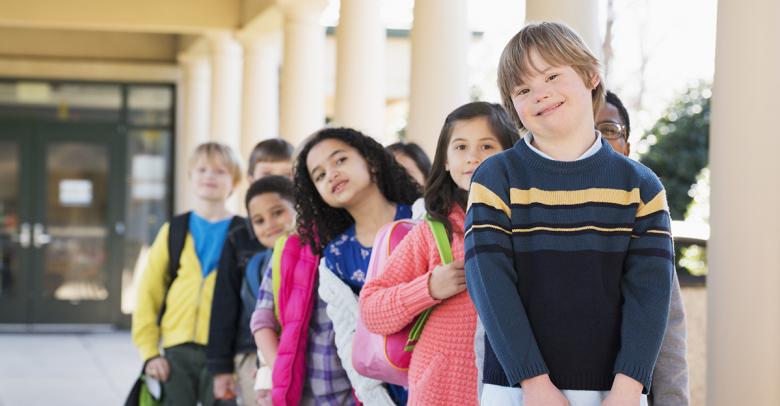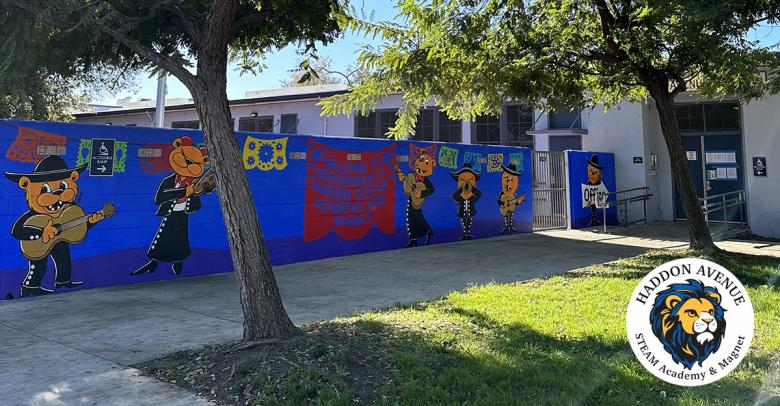Over the course of the past decade, K-12 schools across the country have seen significant changes. Not only have classrooms become increasingly reliant on technology, but they have also become more encouraging of collaboration between students. Specifically, classrooms are moving away from individualized learning to a more group-oriented approach. This, in turn, presents some unique challenges and opportunities for educators as they work to create more collaborative environments in their own classrooms. By understanding the potential benefits and challenges, educators and technology directors alike can create more successful learning environments for future generations of learners.
Benefits of Collaborative Learning
Detailed studies on the effects of collaborative learning date back more than two decades, with the findings remaining largely the same over the years. Specifically, studies have found that collaboration in the classroom yields numerous benefits for students of varying grade levels.
For starters, collaborative learning environments tend to be more efficient spaces for different types of learners. For example, teachers can more easily group students based on their learning types and better cater to each type in a limited amount of time. Furthermore, collaborative learning environments can lead to greater shared ownership and construction of knowledge, and can also result in greater participation among even the shyest of students.
Inherent Challenges of Creating a Collaborative Classroom
Still, creating a collaborative environment in the classroom can be easier said than done, especially when you take into consideration all the different types of technology that teachers must use with their students on a daily basis. The greatest challenge, in this sense, tends to be ensuring the compatibility and inter-operability between these many shared devices, particularly in group settings.
These challenges can be further broken down. For example, teachers and technology directors in schools must consider whether technology used in a collaborative setting will be portable or fixed. Furthermore, the layout of the space must also be considered. For instance, are students seated in group tables or individual desks? For individual desks, tablets may be a more practical and functional choice over desktop or laptop computers. In this sense, spatial design can have a major impact on how technology can be installed and used in a collaborative setting.
It is also worth noting that technology needs to be fully integrated in the classroom in order for collaboration to be effective. This is where a full support staff may be needed to ensure that issues can be troubleshot and resolved quickly as they arise. Support from administrators, stakeholders, and technology directors is also a must, both in terms of budget and logistical support as these new collaborative spaces are designed and implemented.
When it comes to creating a collaborative learning environment in the classroom, there are dozens of inherent challenges that come along with it. Still, with the right amount of planning and support from a school’s administration and the right technology resources, any classroom can be successfully transformed to encourage collaborative learning and sharing of ideas among students.






Leave a Reply